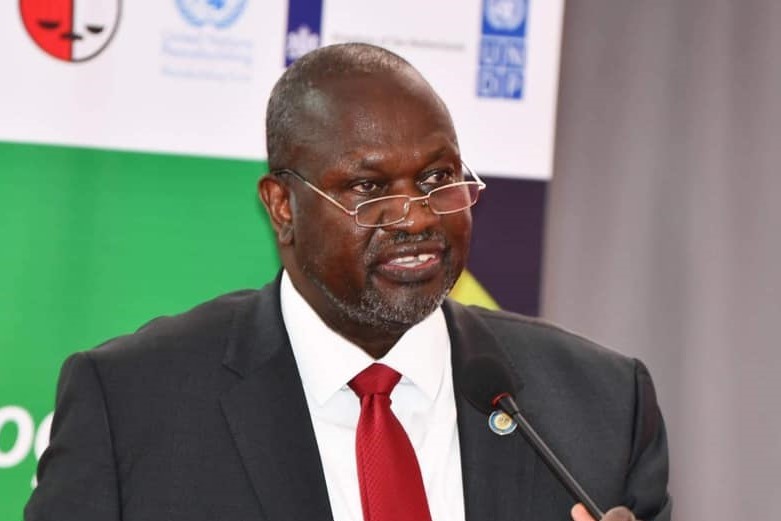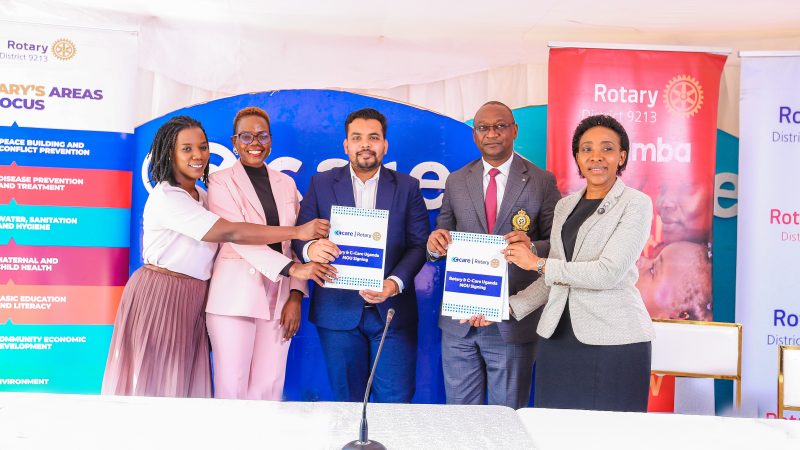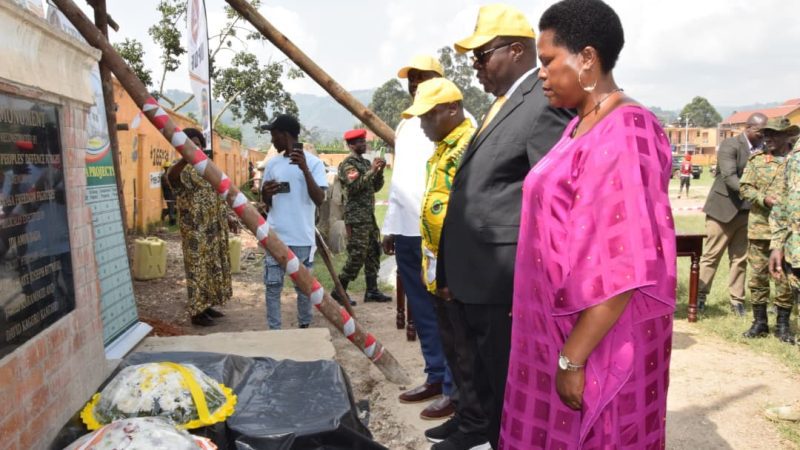The World Bank has approved $200 million financing to expand access to high-speed and affordable internet, improve efficiency of digitally enabled public service delivery, and strengthen digital inclusion in Uganda.
The new Uganda Digital Acceleration Project-GovNet (UDAP-GovNet) will support the extension of 1,000 km of the national backbone fiber infrastructure, an additional 500 km of fiber optic network links between towns, mobile broadband connections for 900 government administrative units and service centers in underserved areas, and 828 Wi-Fi hotspots in select locations to support access to online services among rural and peri-urban, underserved and unserved communities.
“Transforming Uganda’s digital infrastructure is an urgent necessity for post-COVID-19 recovery.” said Tony Thompson, World Bank Country Manager for Uganda. “We look forward to the time when all citizens can access high-quality and low-cost internet, public services online, a digital economy driving growth, innovation and job creation.”
With $140 million in financing from the International Development Association (IDA)* and a $60 million grant, the project will support the implementation of the governments’ flagship initiative, GovNet, which contributes to the objectives of Digital Uganda Vision and the Digital Transformation Program under the National Development Plan III.
It will help develop shared platforms for ministries, departments, and agencies to efficiently deliver digitally enabled public services to citizens and businesses throughout the country. These digital platforms will create the foundations for better resilience and economic recovery by boosting the effectiveness of government e-services that can be delivered remotely, in a paperless and cashless manner, reducing the need to travel for government services.
The expanded connectivity will also strengthen the digital inclusion of host communities and refugees by improving the availability of digital infrastructure and tackling demand-side factors like digital skills, affordability of internet connectivity, and accessibility of digital services.
“The project will be intentional about gathering beneficiary feedback about priority e-services,” says Raman Krishnan, Task Team Leader, World Bank. “It will also identify and develop digital solutions that are inclusive for people with low digital skills and literacy levels, to encourage their full participation in the digital economy.”
Given the project’s scope, it is anticipated that it will benefit a wide spectrum of beneficiaries, including businesses; rural, unserved, and underserved populations (both men and women); the elderly; and persons with disability. The project is also designed to promote private sector participation using an approach compatible with the Maximizing Finance for Development principles.
The World Bank’s International Development Association (IDA), established in 1960, helps the world’s poorest countries by providing grants and low to zero-interest loans for projects and programs that boost economic growth, reduce poverty, and improve poor people’s lives. IDA is one of the largest sources of assistance for the world’s 76 poorest countries, 39 of which are in Africa. Resources from IDA bring positive change to the 1.6 billion people who live in IDA countries. Since 1960, IDA has supported development work in 113 countries. Annual commitments have averaged about $21 billion over the last three years, with about 61 percent going to Africa.










